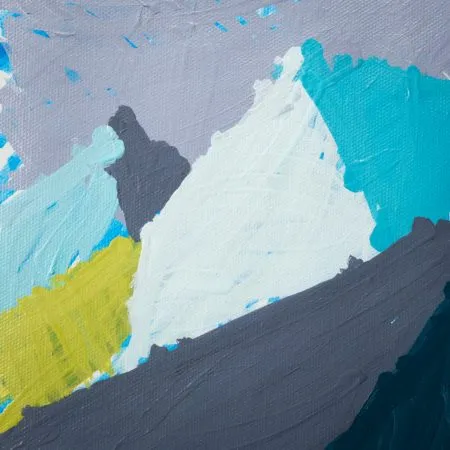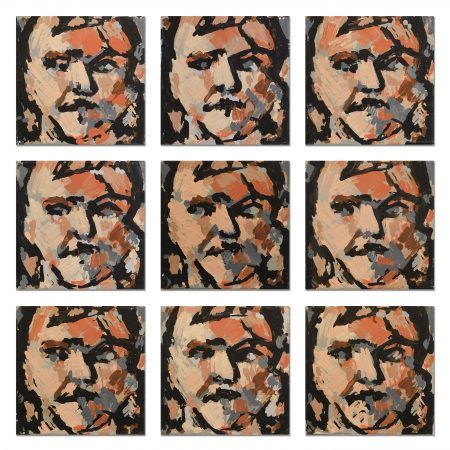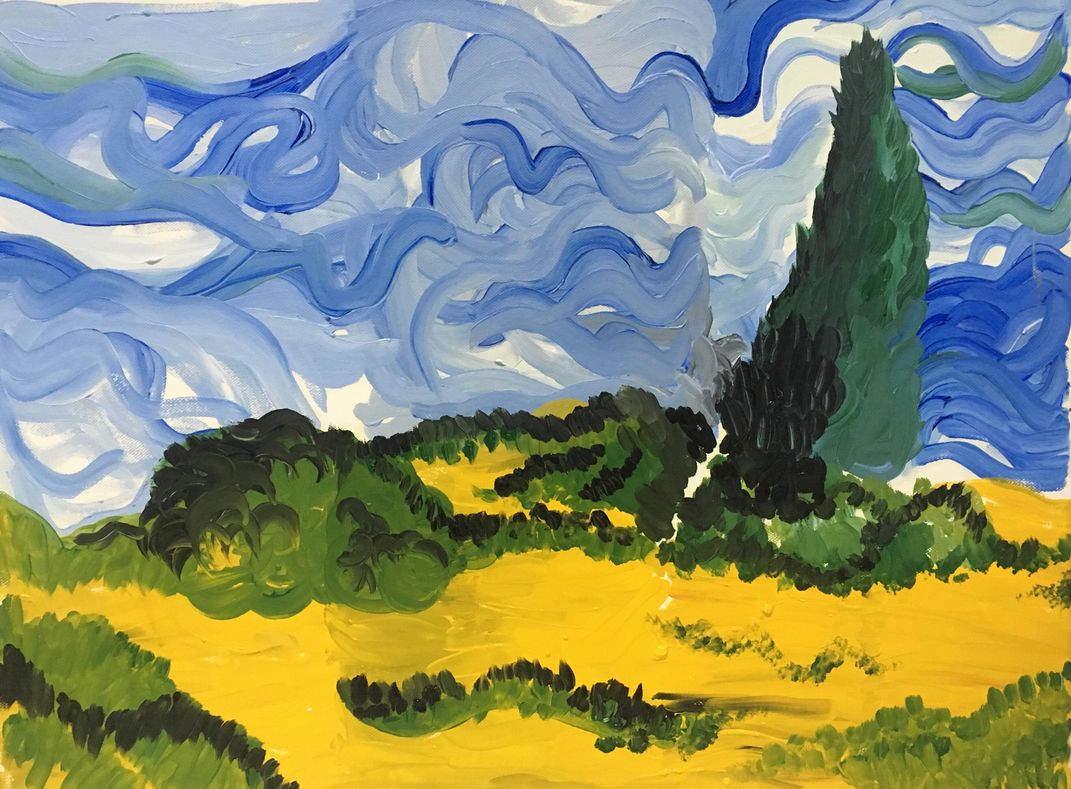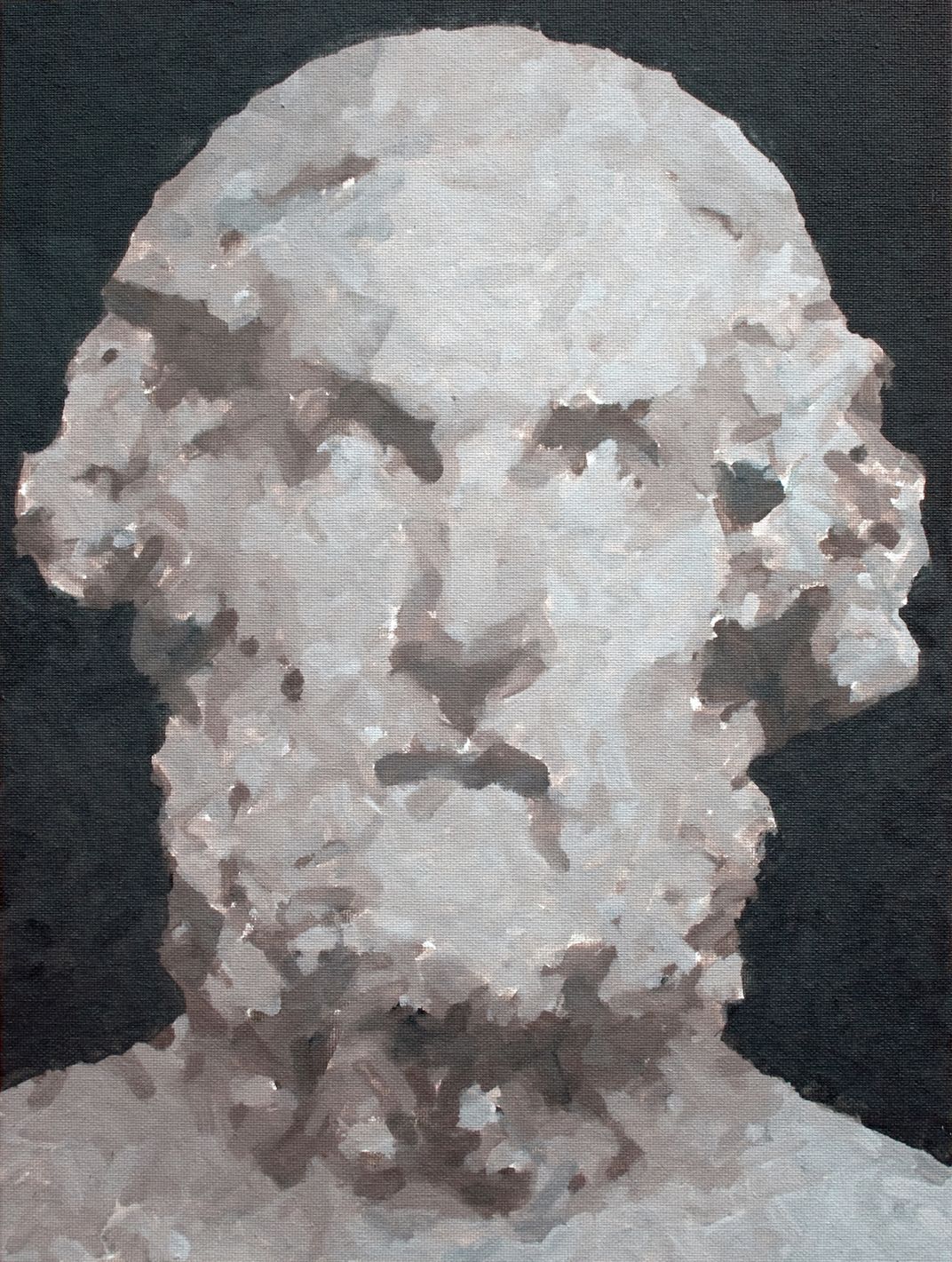This Is What Robotic Art Looks Like in 2018
The 2018 RobotArt competition fielded more than 100 submissions entered by 19 teams from all over the world
Artists have long drawn on a diverse array of tools to create their masterpieces: During the Northern Renaissance, Jan van Eyck and Rogier van der Weyden pioneered the use of oil on panel, producing lustrous scenes rendered in painstaking depth anathema to the flatness of egg tempera works painted during the Italian Renaissance. Several centuries later, Vincent van Gogh revolutionized the use of impasto, or the thick application of paint on canvas, to bring his expressive landscapes and self-portraits to life. Contemporary artists rely on a pantheon of instruments, too—where would Damien Hirst be without his formaldehyde-preserved carcasses or Henri Cartier-Bresson without his camera?
According to Andrew Conru, founder of an annual robotic art competition now in its third iteration, robotic artworks are the next logical next step in the journey of artistic evolution.
“If you think of the art that's made by human artists, it's quite diverse," Conru says in an interview with Creators’ Catherine Chapman. "Every generation tries to come up with a new genre, a new style, a new category of art. I don't see robot art as any different than yet another way for people to express themselves."
The 2018 RobotArt competition wrapped up in May after fielding more than 100 robot-created submissions entered by 19 teams from all over the world. The art ranged from original works generated using AI to art that leaned on direct human involvement, such as manual or remote operation of a robot arm.
American artist and roboticist Pindar Van Arman nabbed first place thanks to his AI-generated abstract portraits and reimagined version of Paul Cezanne’s “Houses at the L’Estaque.” On his personal website, Van Arman notes that his and other top entries used deep learning to generate “increasingly autonomous generative art systems.” At some points, he reflected, it “became unclear whether the system was simply being generative, or whether the robots were in fact achieving creativity.”
Columbia University’s PIX18/Creative Machines Lab team took second place with its collection of impressionistic artwork, which reimagined existing works with deft brushwork and finesse.
Representatives of Thailand’s Kasetsart University placed third, building a robot that records the position, movement and forces exerted on a painter’s brush to precisely recreate a work of art, Futurism reports.
The winners were selected based on a combination of public voting and judging by artists, critics and technologists, as well as an assessment of how well the team adhered to the “spirit of the competition.”
While critics of the ever-growing influence of AI may view robot art as the latest insult to human creativity, Conru maintains that the technology will only help artists, perhaps by enabling them to create art that is “intellectually or physically” more ambitious than previously seen.
“The camera didn’t invalidate the portrait artist, as the portrait artist was often trying to capture a deeper emotion [rather than] a perfect copy of the sitter,” Conru writes on the competition’s webpage. “However, the camera opened up a whole new form of art—photography. Likewise, human-generate[d] art will always be highly respected not only for its creativity, but ... our shared human experience."
Originally, Conru had planned on exhibiting winning works at the upcoming Seattle Art Fair. The display has since been canceled, however, so if you're interested in judging the robots' art yourself, pay a visit to the contest’s online gallery.
/https://tf-cmsv2-smithsonianmag-media.s3.amazonaws.com/accounts/headshot/mellon.png)





/https://tf-cmsv2-smithsonianmag-media.s3.amazonaws.com/accounts/headshot/mellon.png)